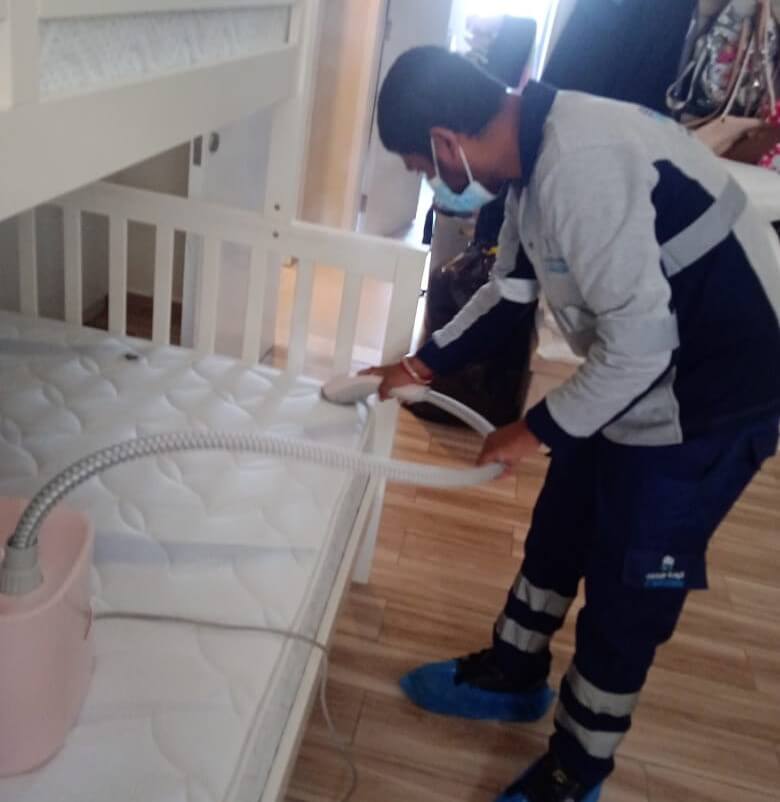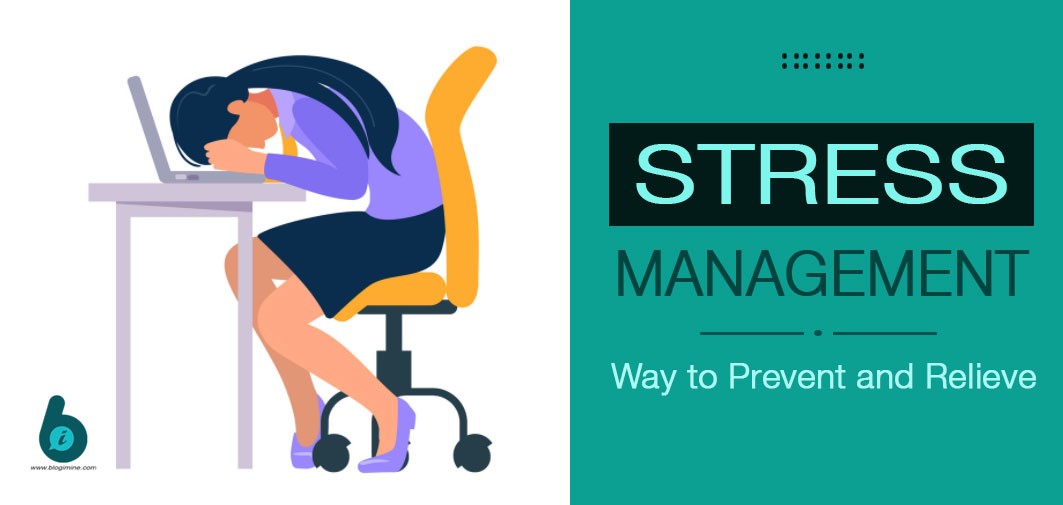
What is Pest
A pest is any organism (usually an insect, rodent, or other animal) that is considered harmful or destructive to human interests, including crops, food, buildings, or even human health. Pests can interfere with daily life and can be a nuisance, cause damage to property, or spread diseases.
If you live in the UAE, this is important for you to know. In a dry and arid environment like the UAE, pests and insects such as mosquitoes, ants, rodents, lizards, and snakes can be quite problematic. These pests can pose significant risks to your home, building, office, and most importantly, your health. Today, we are going to discuss the insects that are commonly found in places like the UAE and can be harmful to your health.
Below, we have provided a detailed explanation about the pests and the health risks they can cause.
Pests in Dubai and Abu Dhabi can be a significant health risk, as they are often carriers of diseases that can impact both humans and animals. Below are 10 common diseases caused by pests in the region:
1. Dengue Fever
Vector: Mosquitoes (particularly Aedes aegypti).
Symptoms: High fever, severe headache, joint and muscle pain, rash, and nausea.
Transmission: Mosquitoes bite infected people and then spread the virus to others.
2. Malaria
Vector: Mosquitoes (especially Anopheles species).
Symptoms: Fever, chills, sweating, headache, and fatigue.
Transmission: Infected mosquitoes bite humans, transmitting the Plasmodium parasite.
3. Zika Virus
Vector: Mosquitoes (primarily Aedes aegypti).
Symptoms: Fever, rash, joint pain, and conjunctivitis (red eyes).
Transmission: Zika virus is primarily spread by mosquitoes but can also be transmitted sexually.
4. Leptospirosis
Vector: Rodents (especially rats).
Symptoms: Fever, headache, muscle aches, and sometimes liver damage.
Transmission: Humans can contract leptospirosis through contact with water or soil contaminated by rodent urine.
5. Plague
Vector: Fleas (especially from rats).
Symptoms: Fever, chills, swollen lymph nodes (buboes), and headache.
Transmission: Fleas that have bitten infected rodents can transmit the bacteria to humans.
6. Hantavirus Pulmonary Syndrome
Vector: Rodents (primarily rats and mice).
Symptoms: Fever, muscle aches, dizziness, and difficulty breathing.
Transmission: Hantavirus is transmitted through contact with rodent urine, feces, or saliva, or by inhaling aerosolized particles.
7. Salmonella
Vector: Cockroaches and rodents.
Symptoms: Diarrhea, fever, vomiting, and abdominal cramps.
Transmission: Pests can contaminate food and surfaces with Salmonella bacteria, leading to infection when ingested.
8. Typhoid Fever
Vector: Cockroaches, flies, and rodents.
Symptoms: Fever, weakness, abdominal pain, and loss of appetite.
Transmission: These pests can spread the bacteria Salmonella typhi through food and water contamination.
9. Chagas Disease
Vector: Triatomine bugs (also known as “kissing bugs”).
Symptoms: Fever, fatigue, body aches, and swelling at the site of the bug bite. In severe cases, it can affect the heart and digestive system.
Transmission: Chagas disease is transmitted by triatomine bugs that bite humans and defecate near the bite site.
10. West Nile Virus
Vector: Mosquitoes.
Symptoms: Fever, headache, body aches, joint pain, and in severe cases, neurological issues.
Transmission: Mosquitoes that have bitten infected birds can transmit the virus to humans.














